Chemistry Classes
The Chemistry classes are designed to fit any need—all taught by highly-vetted expert instructors
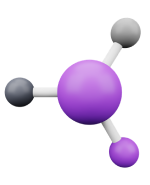
Structure of Atom (CHM1)
Total # of live classes: 8
Atom is the smallest unit into which matter can be divided without the release of electrically charged particles. It also is the smallest unit of matter that has the characteristic properties of a chemical element. As such, the atom is the basic building block of chemistry
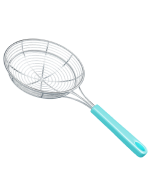
Standard Separation Techniques for Mixtures (CHM2)
Total # of live classes: 6
A mixture is composed of two or more types of matter that can be present in varying amounts and can be physically separated by using methods that use physical properties to separate the components of the mixture, such as evaporation, distillation, filtration, and chromatography.

Periodic Chemistry (CHM3)
Total # of live classes: 8
In a periodic table, chemical elements are arranged in order of increasing atomic number. Elements with similar properties are arranged in the same column (called a group), and elements with the same number of electron shells are arranged in the same row (called a period). Elements in the periodic table can be classified as metals, metalloids, and nonmetals, or as a main-group elements, transition metals, and inner transition metals.
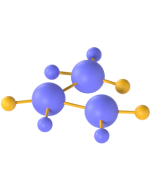
Chemical Bonds (CHM4)
Total # of live classes: 14
The bonds between adjacent atoms resulting from the transfer or sharing of outer electrons are relatively strong. These types are the primary interatomic bonds. The Van der Waals bonds are secondary bonds originating from a distinct mechanism and are relatively weaker. Among other things, in this module, students will learn about interionic bonding and how ionic and covalent bonds and compounds are formed.
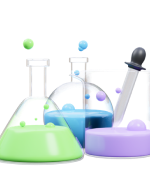
Stoichiometry and Chemical Reactions (CHM5)
Total # of live classes: 10
A chemical formula is an expression that shows the elements in a compound and the relative proportions of those elements. Some elements have symbols that derive from the Latin name for the element.
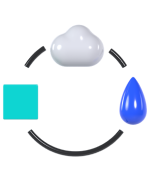
States of Matter (CHM6)
Total # of live classes: 11
A chemical formula is an expression that shows the elements in a compound and the relative proportions of those elements. Some elements have symbols that derive from the Latin name for the element.
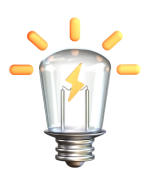
Energy and Energy Changes (CHM7)
Total # of live classes: 4
Chemical reactions often involve changes in energy due to the breaking and formation of bonds. Reactions in which energy is released are exothermic reactions, while those that take in heat energy are endothermic.
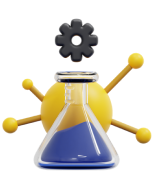
Acids, Bases and Salts (CHM8)
Total # of live classes: 10
Acids and bases can be classified as strong or weak, depending on the degree of dissociation in water. Strong acids and bases completely dissociate in water, producing stoichiometric amounts of H+ and OH– ions, respectively.
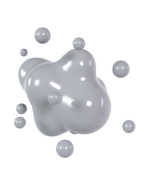
Solubility of Substances (CHM9)
Total # of live classes: 4
Solubility explains the ability of a substance called solute, to dissolve in another substance called solvent. Solubility equilibrium is a type of dynamic equilibrium that exists when a chemical compound in the solid state is in chemical equilibrium with a solution of that compound.
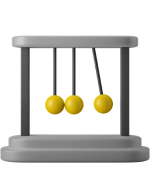
Chemical Kinetics and Equilibrium States (CHM10)
Total # of live classes: 5
Variation refers to the relationship between two or more quantities. A change in one of the quantities results in a change in the other.
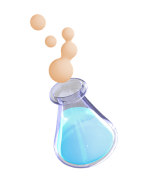
Redox Reactions (CHM11)
Total # of live classes: 11
Redox is a type of chemical reaction in which the oxidation states of atoms are changed. Redox reactions are characterized by the actual or formal transfer of electrons between chemical species, most often with one species undergoing oxidation while another species undergoes reduction.
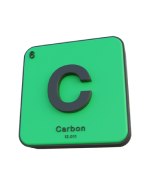
Carbon and its Inorganic Compounds (CHM12)
Total # of live classes: 4
Carbon compounds are defined as chemical substances containing carbon. More compounds of carbon exist than any other chemical element except for hydrogen. In general, bonds of carbon with other elements are covalent bonds.
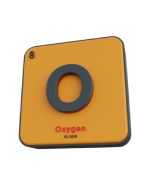
Oxygen (CHM13)
Total # of live classes: 3
Oxygen is a member of the halogen group on the periodic table and is a highly reactive nonmetal and oxidizing agent that readily forms compounds (notably oxides) with most elements.
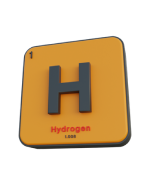
Hydrogen (CHM14)
Total # of live classes: 2
Hydrogen is a lighter-than-air, flammable, diatomic gas. It is colorless and only sparingly soluble in solvents. Platinum metal or heat can catalyze the reaction of hydrogen with oxygen to form water. In hydrogen fuel cells, the chemical oxidation of hydrogen to water produces electricity.
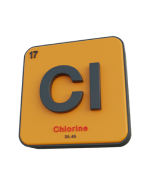
Halogens (CHM15)
Total # of live classes: 6
The halogens are a series of non-metal elements from group 17 of the periodic table (formerly VII). The halogens include Fluorine (F), Chlorine (Cl), Bromine (Br), Iodine (I), and Astatine (At).
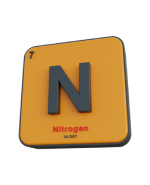
Nitrogen (CHM16)
Total # of live classes: 4
Nitrogen (N) is a nonmetallic element of Group 15 [VA] of the periodic table. It is a colourless, odourless, tasteless gas that is the most plentiful element in Earth's atmosphere and is a constituent of all living matter.
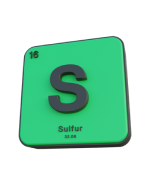
Sulphur (CHM17)
Total # of live classes: 3
Pure sulfur is a tasteless, odourless, brittle solid that is pale yellow in colour, a poor conductor of electricity, and insoluble in water. It reacts with all metals except gold and platinum, forming sulfides; it also forms compounds with several nonmetallic elements
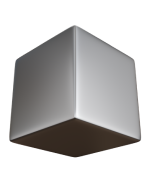
Metals and their Compounds (CHM18)
Total # of live classes: 7
A metal is an element that readily forms positive ions (cations) and has metallic bonds. Metals can be categorised according to their physical or chemical properties.

Water and Solution (CHM19)
Total # of live classes: 3
Coordinate geometry helps to measure the distance between two points using their coordinates, find the mid-point of a line and much more.
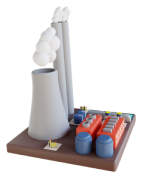
Chemistry, Industry and the Environment (CHM20)
Total # of live classes: 3
Chemical industries comprises the companies that produce industrial chemicals. These industries convert raw material (oil, natural gas,air,water, metals and minerals) into more than 70,000 different products.
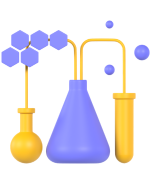
Organic Chemistry 1(CHM21)
Total # of live classes: 8
Organic chemistry is the study of the structure, properties, composition, reactions, and preparation of carbon-containing compounds. Most organic compounds contain carbon and hydrogen, but they may also include any number of other elements (e.g., nitrogen, oxygen, halogens, phosphorus, silicon, sulfur).
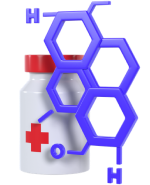
Organic Chemistry 1(CHM22)
Total # of live classes: 7
Organic compounds are generally any chemical compounds that contain carbon-hydrogen bonds. Due to carbon's ability to catenate, millions of organic compounds are known.

Basic Biochemistry and Synthetic Polymers (CHM23)
Total # of live classes: 8
Organic polymers are macromolecules composed of many repeating monomer units. Both synthetic and natural polymers play a crucial role in everyday life.
 +234 915 886 8888
+234 915 886 8888